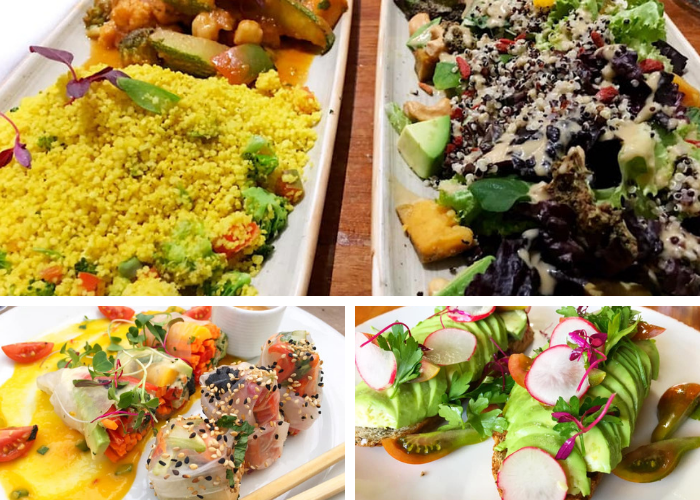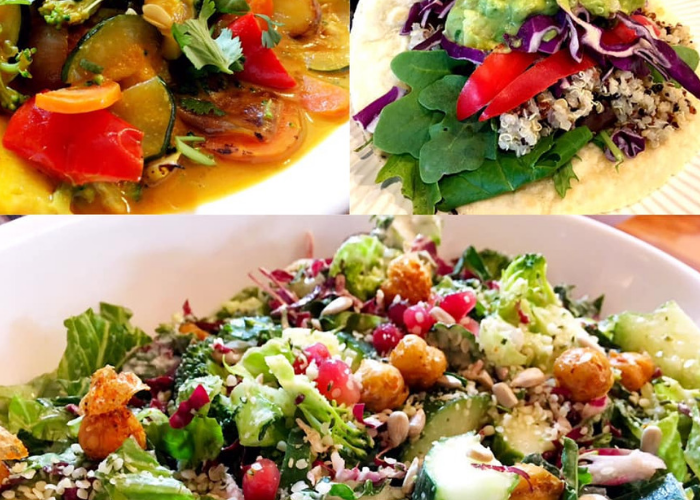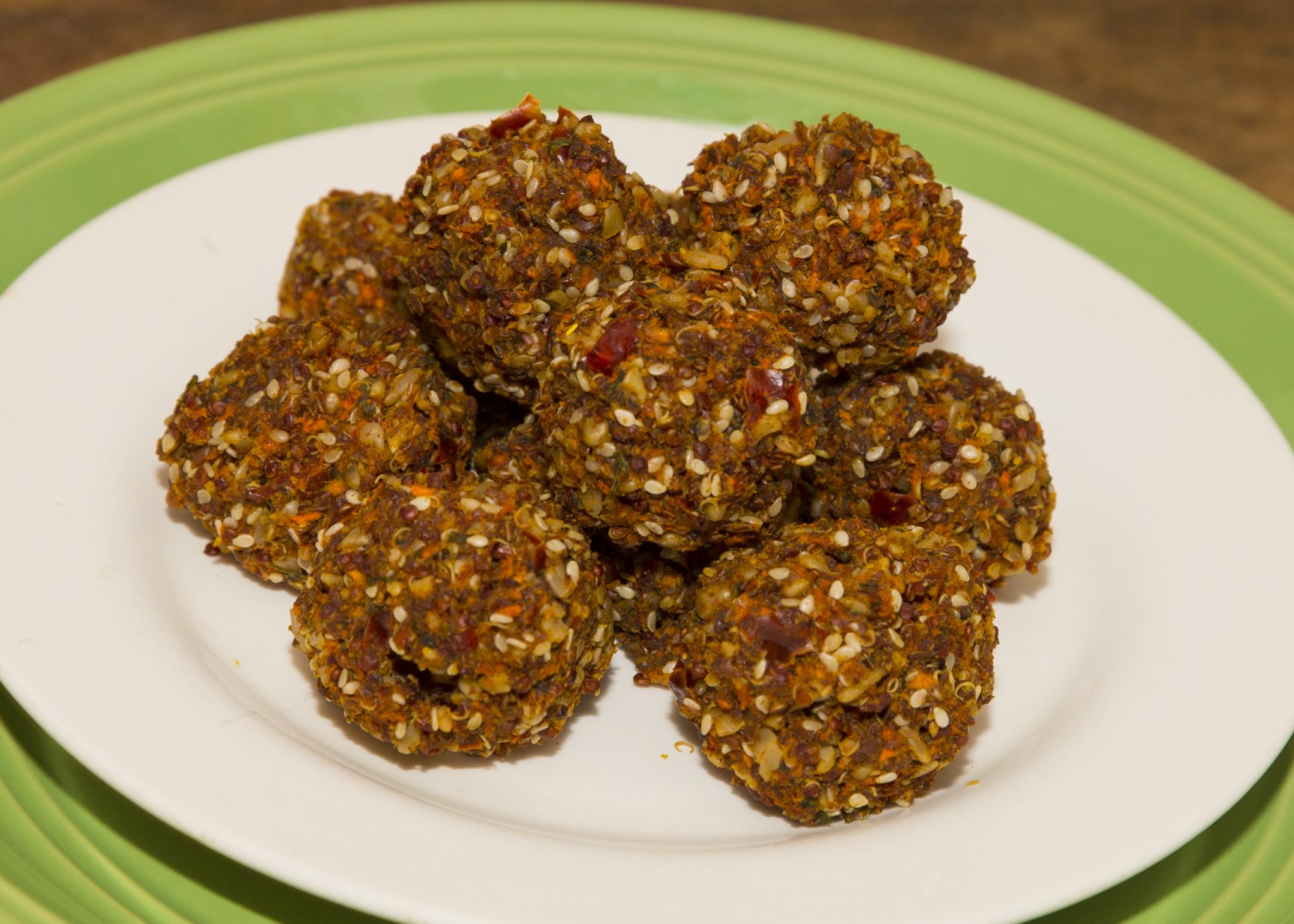Big hair, neon, leggings, and MTV typified the 80’s. An era that had you moon-walking between Nintendo victories. With so much unfolding those who lived through it (and remember it…wink) probably missed one of the most significant whole food trends the country has ever witnessed, The Slow Food Movement.
What began in Italy as an outcry against fast food invasion, has developed into a vast network of 100,000+ people from 132 countries. Their mission: to counteract fast food and fast life, the disappearance of local food traditions and people�s dwindling interest in the food they eat, where it comes from, how it tastes and how our food choices affect the rest of the world. To do that, Slow Food brings together pleasure and responsibility, and makes them inseparable.
This world wide community of foodies remains vibrant and strong today with thousands of new devotees transforming their eating habits, losing weight and building positive, life-long relations with food and the planet. No Atkins here baby. Here’s your inside scope on what makes this way of eating ideal in all stages of life and how to incorporate it into your day.
Slow Food Movement’s main mission objectives and my techniques for putting them into motion in your daily life:

1.) Forming and sustaining seed banks to preserve heirloom varieties in cooperation with local food systems. While simultaneously educating citizens about the risks of monoculture and reliance on too few genomes or varieties.
What you can do: Be a locavore! Buy fresh food from the Earth that surrounds you. That means heading out to the farmers market and eating in season. Ask where the fruits and veg have come from. Genetically engineered seeds, or the heirloom variety?
2.) Preserving and promoting local and traditional food products, along with their lore and preparation.
What you can do: buy from small family farms and shops. What makes Californian cuisine Californian? Find out what your local dishes look like and aim to keep the tradition alive. Same thing goes for cuisines from around the world. If you have access to food like the Mediterraneans or Japanese use then dive into those dishes. Studies have shown that eating a traditional cuisine that has stood the test of time is far healthier than a smorgasbord of diet gimmicks.
3.) Organizing small-scale processing (including facilities for slaughtering and short run products)
What you can do: eat less meat. Going vegetarian is not for everybody, but it’s important to understand the impact cattle and other food animals has on the environment. Extensive deforestation for commercial farm use and the green house gases produced by the animals are a massive chunk of the worlds carbon footprint. Aiming to minimize that footprint starts at the ground level with consumers deciding that they don’t need meat at every meal! Chances are your digestive system and heart will thank you for backing off the meat. Cut back to a few meals-o-meat per week to start.
4.) Promoting “taste education”
What you can do: eat mindfully. Enjoy your whole foods with spices and herbs. Cook with friends and then sit down and slowly eat, talk, eat, laugh, etc.
7.) Lobbying against the use of pesticides.
What you can do: buy organic. I know organics tend to be more expensive and harder to find, but do your best to incorporate them into your fruit basket. I personally don’t have the access or the budget at the moment to spend on organics, but whenever I do find them I dive in. You are voting with your dollars. Ever dollar spent on organics is one less dollar spent on pesticide ridden, environment ruining factory farms. Money well spent toward our future.
8.) Teaching gardening skills
What you can do: learn to garden and spread the knowledge. A lot of communities have a community garden where you can pick up some skills. You could always become a WWOOFer and volunteer your time on an organic farm locally or on the other side of the world. Nothing tastes better than a hand picked and grown tomato!
Pretty awesome mission eh? To learn more about this non-profit and join the revolution head over to their main website.
Great! So now that you’ve gone to the farmers market, bought organic, locally grown, non GMO whole foods, prepared them at home with traditional recipes, what is next? My thoughts on eating slowly and mindfully…
I have longed for the last year or so to incorporate mindful eating into my day. If only I could keep it up. Like exercise, munching at snail speeds is a habit that needs to develop and be practiced daily for it to stick beyond a few weeks. I’ve found that when my circumstances change so to does my mindfulness. Just when I thought I had mastered my appetite, it convinces me that scarfing a plate full of food in 5 mins is a brilliant idea.
The speed at which I propel food into my mouth is strikingly quick as I glance around the dinner table here in Australia. While my British flatmates held their own in my company, Melbourians and Darwinians tend to stare bugged eyed at my shoveling display. Okay I’m not that bad, but it’s something I’ve noticed traveling for sure.

Melbourians and their hundreds of cafes couldn’t exist without one or five cappuccinos a day followed by slow meals surrounded by friends. Going out for a few beers and meeting up for coffee is a massive part of the city’s culture. And while Darwinians eat kangaroo kebabs and croc tail, it is locally hunted and eaten slowly while admiring a tropical view. No joke. On a Sunday the whole town tromps to a beach side night market where one must savor the Barramundi (a massive fish) and prawns as the orange globe in the sky drops over the Timor Sea.
Finding and putting myself around friends who eat slowly is showing promise for my current gypsy situation. And believe me I know you are busy and barely have enough time to put your feet up, but it’s all about perspective. Meal time is probably the only time you have with your family or significant other all day. All the more reason to draw it out.
Dig through the rest of my experiences in Melbourne and Darwin, Australia by heading over to Two Backpacks for the rest of the story.
Do you eat slowly or does your fork never leave your hand?
Bon Appetite!







